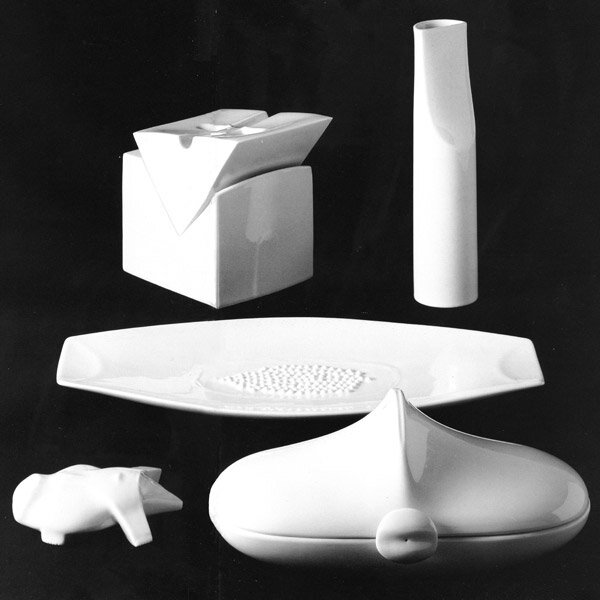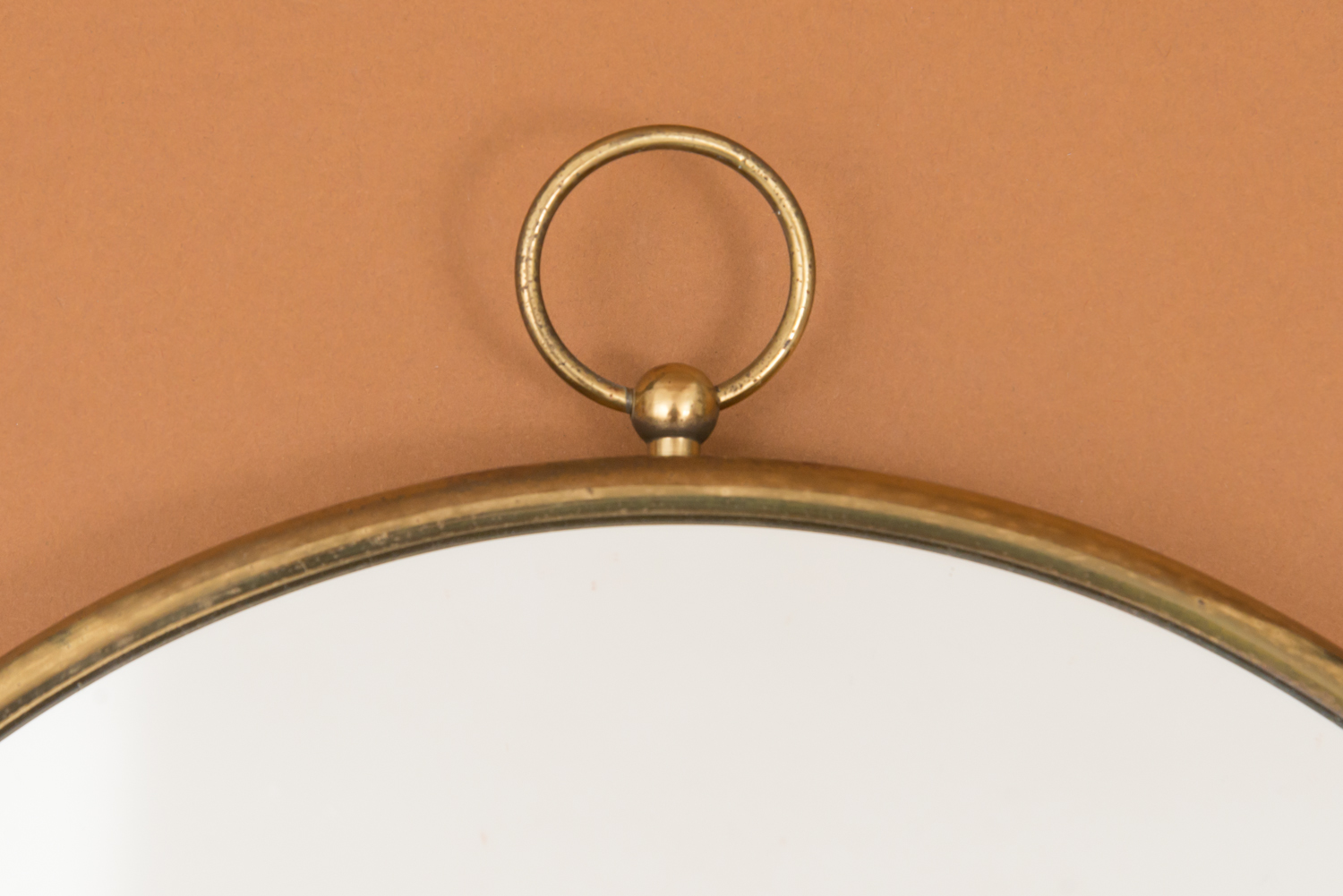Rare collection de six objets, Candido Fior








Rare collection de six objets, Candido Fior
Rare collection de six objets en terre cuite
Candido Fior, ( né en 1942) signés (sauf un)
Circa 1970-80
Dimensions variables de 7,5 x 7 x 3 cm à 13 x 6 x 16 cm
Excellent état, infime éclat sur une pièce
Rare collection of six terracotta objects
Candido Fior, (born in 1942) signed (except one)
Circa 1970-80
Variable sizes from 7,5 x 7 x 3 cm to 13 x 6 x 16 cm
Excellent condition, tiny chip on one piece
L’art de Candido Fior s’inscrit dans l’histoire d’une vie en liberté.
Né à San Martino di Lupari en 1942, il se passionne très jeune pour le dessin et décide, alors qu’il n’a encore que 11 ans, de quitter le foyer familial pour étudier l’art en se rendant à Venise. Il y fréquente l’Istituto d’arte et l’Accademia delle belle arti.
Au début des années 60, grâce à l’entremise de Gaspare Paoli, bien loin de son environnement vénitien, le jeune Candido s’installe à Le Nove di Bassano et apprend auprès d’Alessio Tasca les tours de main de la céramique, il y reste pendant ans. C’est une chance pour Candido de se trouver sous la direction d’Alessio Tasca qui conçoit véritablement l’atelier comme un laboratoire et qui réalise des collections de céramiques interrogeant le rapport à la sculpture. Lui-même, né en 1929, n’est arrivé qu’en 1961 à la manufacture des Nove et il s’intéresse aux possibilités techniques permettant de conduire la céramique dans une dimension sculpturale exceptionnelle.
Candido Fior qui était très attaché à la ligne, au dessin se trouve finalement engagé dans une pratique quotidienne des volumes et il exprime à travers ces pièces un intérêt pour les accords de couleurs de terre sans décor de surface autre que la matière-même : terre lisse, terre chamottée, terre rouge terre blanche. Ses formes sont organiques, ludiques et le rapport de vides et de plein de ces formes qui s’emboitent sont de nature à cacher et à révéler.
Son intérêt pour la nature s’exprime à travers des créations qui la réinterprètent de manière poétique.
Dans cet élan, il réalise une collection d’objets en porcelaine en collaboration avec la fameuse maison Richard Ginori mais ces ensembles d’objets à poser ou à tenir dans une main sont représentatifs de sa première période puisqu’il s’éloigne ensuite de l’objet pour se lancer dans des techniques d’émaillages beaucoup plus expérimentales, des formes plus abstraites, plus grandes, puis des figures humaines.
Candido Fior's art is the story of a life in freedom.
Born in San Martino di Lupari in 1942, he developed a passion for drawing at a very young age and decided, when he was only 11, to leave home to study art in Venice. There he attended the Istituto d'arte and the Accademia delle belle arti.
At the beginning of the 60's, thanks to the mediation of Gaspare Paoli, far from his Venetian environment, the young Candido moved to Le Nove di Bassano and learned from Alessio Tasca the tricks of the trade of ceramics, where he stayed for several years. It was a chance for Candido to be under the direction of Alessio Tasca, who truly conceived the studio as a laboratory and created collections of ceramics that questioned the relationship to sculpture. He himself, born in 1929, arrived at the Nove factory only in 1961 and was interested in the technical possibilities of bringing ceramics into an exceptional sculptural dimension.
Candido Fior, who was very attached to the line, to the drawing, is finally engaged in a daily practice of the volumes and he expresses through these pieces an interest for the agreements of earth colors without decoration of surface other than the material itself: smooth earth, chamotte earth, red earth white earth. His forms are organic, playful and the ratio of empty and full of these interlocking forms are of a nature to hide and reveal.
His interest in nature is expressed through creations that reinterpret it in a poetic way.
In this spirit, he created a collection of porcelain objects in collaboration with the famous Richard Ginori firm, but these sets of objects to be placed or held in one hand are representative of his first period, since he then moved away from the object to launch himself into much more experimental enameling techniques, more abstract, larger forms, then human figures.











